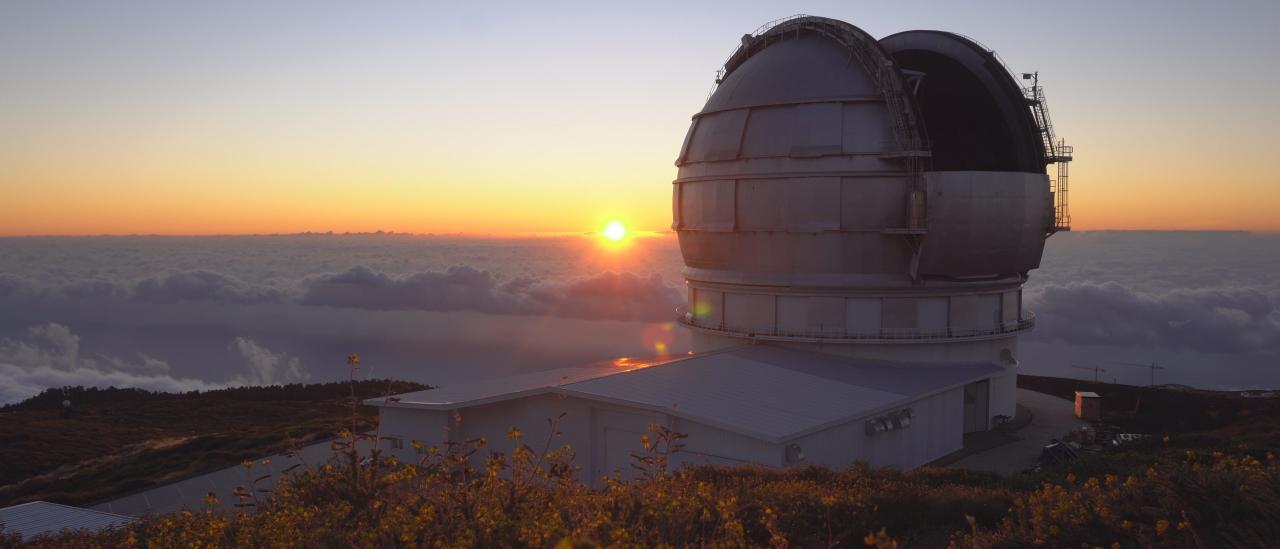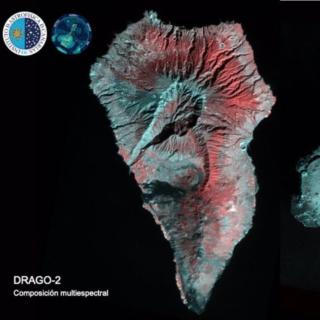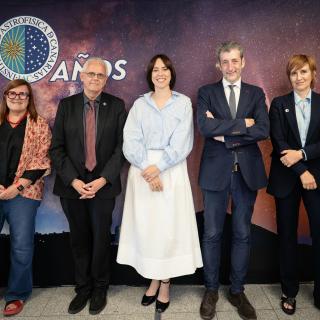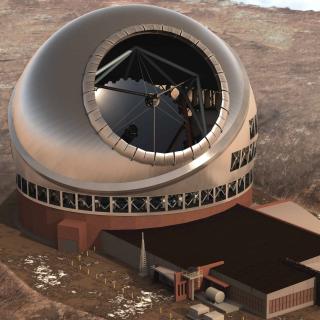Last Monday the GTC observed the asteroid 2019 DS1 in the context of a collaborative programme between the Instituto de Astrofísica de Canarias (IAC) and the European Space Agency (ESA) in which researchers from the Solar System group at the IAC are participating. This way the GTC joins the programmes of Planetary Defence of ESA aimed at following the asteroids which pass very close to the Earth, and which carry some risk of collision with our planet.
The observations of the asteroid 2019 DS1 by the GTC have significantly improved the determination of its orbit, which allows us to predict when this object will return to the neighbourhood of the Earth, and how close it will approach. 2019 DS1 was discovered on February 28th 2019 in the Catalina Sky Survey search programme when it was approximately 1,000,000 kilometres from Earth, and since then it has been moving rapidly away. The GTC observed it at a distance of more than 50,000,000 kilometres, and thanks to the data obtained; it has been possible to predict that on February 26th 2082 the asteroid will pass between the Earth and the Moon at a distance of some 165,000 km. Javier Licandro, Coordinator of the Research Area of the IAC, claims that "this colaboration between IAC and ESA puts the GTC in the first line of the program of Planetary Defense".
“Following these asteroids is of fundamental importance for the programme of Planetary Defence. The early detection of a possible impact would permit us to take the measures needed to avoid it or to minimise its effects” comments Dr. Julia de León, the Principal Investigator of the Solar System Group of the IAC. These observations and space missions such as Hera (a mission being planned by ESA in which IAC researchers are involved) are essential to protect our planet from the impact of an asteroid. For example, 2019 DS1 has a diameter between 20 and 40m and if it did impact the Earth it could generate a catastrophe similar to that produced by the object which impacted at Tunguska in 1908.
Animation: https://www.dropbox.com/s/93in4occ579xb27/s1-asteroid-belt-collision-hd.mp4?dl=0



